Leading market players are investing heavily in research and development to expand their product lines, which will help the automotive intelligent lighting system market grow even more. Market participants are also undertaking various strategic activities to expand their global footprint, with important market developments including new product launches, contractual agreements, mergers and acquisitions, higher investments, and collaboration with other organizations. The automotive intelligent lighting system industry must offer cost-effective items to expand and survive in a more competitive and rising market climate.
Manufacturing locally to minimize operational costs is one of the key business tactics manufacturers use in the Automotive Intelligent Lighting System Market industry to benefit clients and increase the market sector. The automotive intelligent lighting system industry has offered some of the most significant advantages in recent years.
Major players in the automotive intelligent lighting system market, including Hella KGaA Hueck & Co. (Germany), Osram Continental GmbH (Germany), Magneti Marelli S.p.A. (Italy), Teknoware Oy (Finland), ELBA SA (Romania), KOITO MANUFACTURING CO., LTD. (Japan), HYUNDAI MOBIS (Korea), ICHIKOH INDUSTRIES, LTD. (Japan), Grupo Antolin (Spain), and STANLEY ELECTRIC CO., LTD. (Japan) are attempting to increase market demand by investing in research and development operations.
With its headquarters in Lippstadt, North Rhine-Westphalia, Hella KGaA Hueck & Co., a German automobile part supplier, operates internationally. The business creates and produces systems, electrical parts, and lights for the automotive sector. It also houses one of the biggest trade associations in Europe for the sale of car parts, accessories, diagnostic tools, and services. One of Germany's top 100 industrial businesses, Hella is among the top 50 global automotive suppliers. In the seven-month short fiscal year 2022, HELLA produced combined sales of € 4.4 billion at more than 125 locations worldwide.
In a deal worth 6.7 billion euros, the French auto parts manufacturer Faurecia revealed plans to bid for the remaining shares of Hella and agreed to purchase the Hueck family's controlling 60% of the company in 2021.
The Italian company Magneti Marelli S.p.A. creates and produces parts for the automobile industry. With 43,000 people and a 2016 revenue of 7.9 billion euros, the company has its headquarters in Corbetta, Italy, and has 86 production facilities, 12 R&D centers, and 26 application centers in 19 nations. AL-Automotive Lighting, Carello, Cromodora, Cofap, Ergom Automotive, Jaeger, Mako Elektrik, Paraflu, Securvia, Seima, Siem SpA, Solex, Veglia Borletti, Vitaloni, and Weber are a few of the company's brands and subsidiaries.
On October 22, 2018, FCA announced that KKR Fund would acquire Magneti Marelli through its holding company CK Holdings for $7.2 billion to merge it with the Japanese automaker Calsonic Kansei to form one of the largest auto parts suppliers in the world.
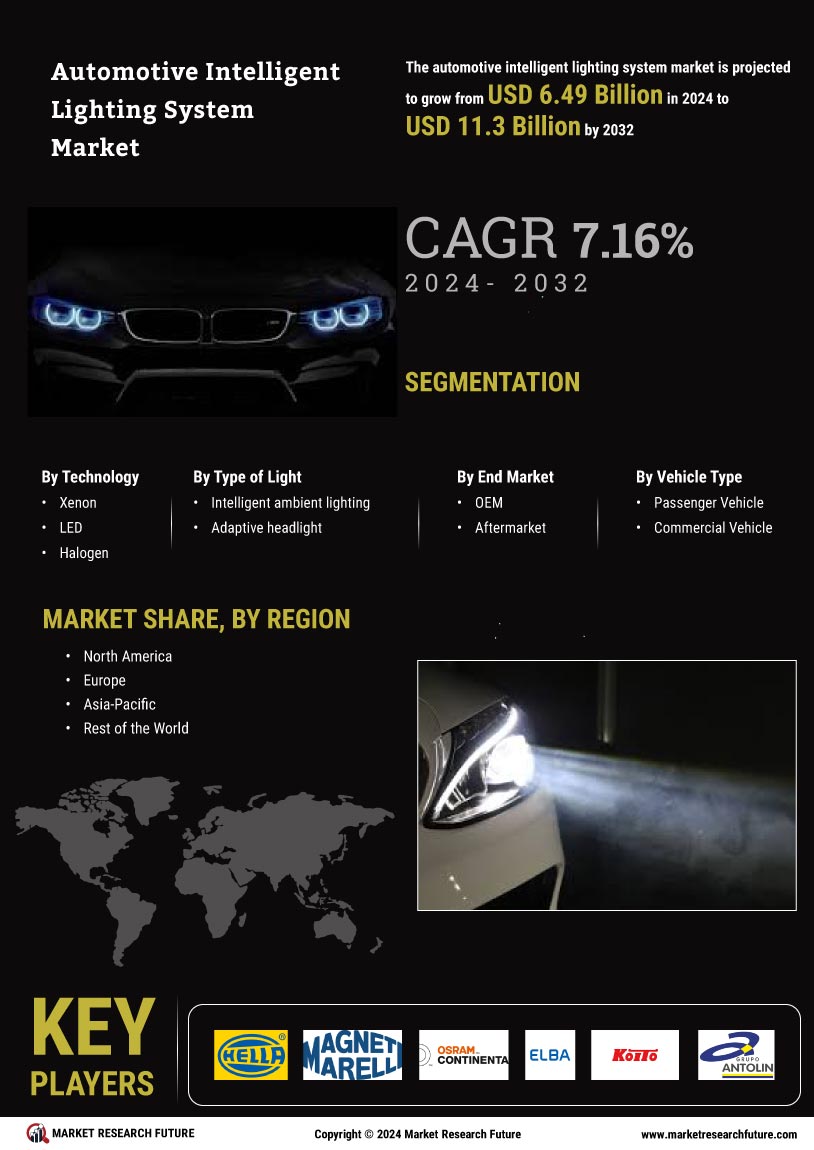

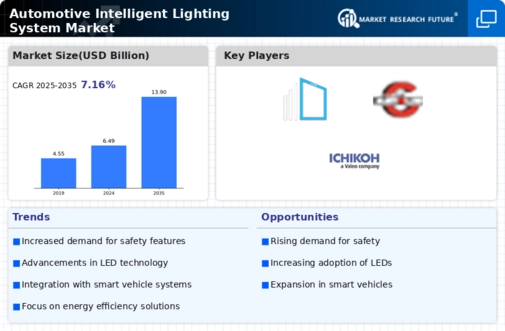


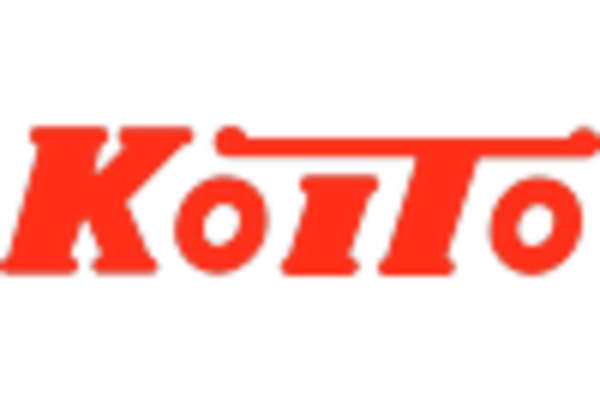


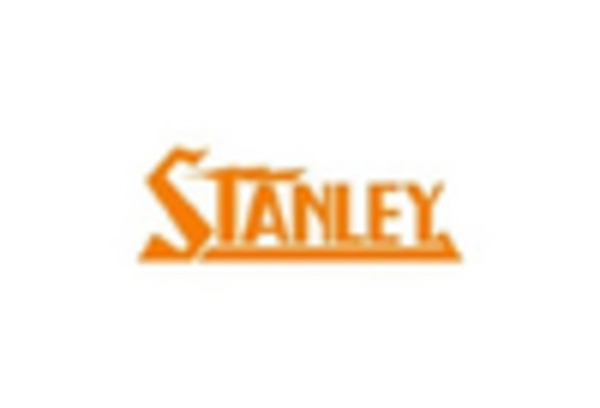
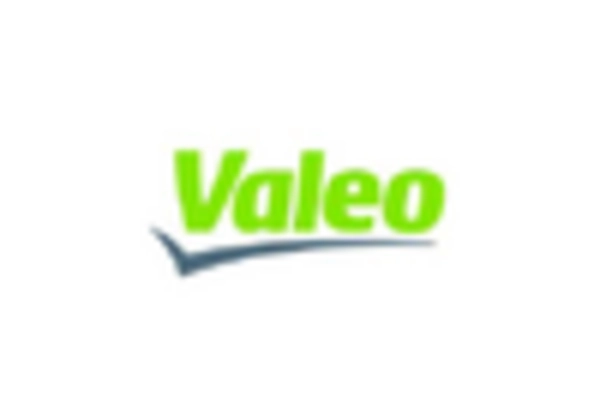








Leave a Comment